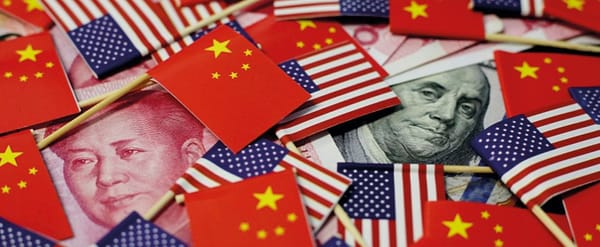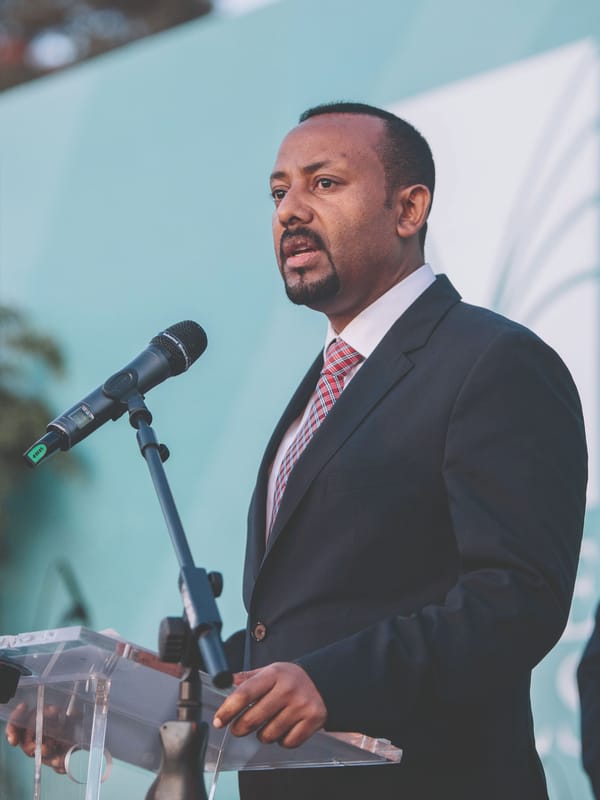A Decade of UK Politics
In this article, Ansh goes through a condensed history of the past 10 years of UK politics. With a General Election imminent, it is time to strap in for a ride through recent history to see how we arrived to the politics of today

As the clock ticked midnight on 1st January 2010, the nation celebrated the completion of an entire decade into the new millennium. At the time, 10 Downing Street was occupied by Gordon Brown, the Prime Minister who took the country through the global financial crash of 2008. Brown had been part of ‘New Labour’ governments since 1997, first as Chancellor of the Exchequer and then taking over as Prime Minister after Tony Blair. ‘New Labour’, of course, had been Blair’s political rebranding of the Labour Party in an effort to move it away from it’s left wing past and place it firmly into the centre-ground of British politics, with even Margaret Thatcher having said that her greatest achievement was “Tony Blair and New Labour. We forced our opponents to change their minds.”
In the wake of the global financial crash and the failure that was the Iraq War, the new Conservative Party leader David Cameron successfully created a narrative that the state was like a household budget – and that the deficit and debt of New Labour due to the bailing out of the banks had to be eliminated. With the Liberal Democrats also having a new leader in Nick Clegg, the stage was set for a General Election.
General election 2010
The Conservatives had been leading in the polls consistently since October 2007, with by-election and EU results to show for it. The results: a hung parliament with the Tories the largest party and the Liberal Democrats with enough MPs to be the kingmakers, and after days of talks and a concession from the Tories to hold a referendum on getting rid of the First Past The Post voting system in favour of the Alternative Vote (AV), the two parties emerged as a coalition government.
Gordon Brown resigned from the leadership, triggering a Labour leadership contest. The key figures emerging were two brothers: Ed and David Miliband, the sons of Marxist academic Ralph Miliband. The Labour left offered Dianne Abbott, the first black woman MP to be elected to Parliament, for the leadership, however this campaign was carried out with little support. With Ed being seen as the more left wing candidate, and his brother being seen very much as a continuation of New Labour politics, the membership decided it was time for a change away from New Labour and elected Ed.
The AV referendum took place a year after, and with the Lib Dems being the only major party to support AV, the campaign for AV was resoundingly rejected at the ballot box with 68% voting against its introduction.
Scottish Independence Referendum 2014
After the Scottish National Party stood on a manifesto for a referendum on Scottish independence and won an overwhelming victory at the Scottish Parliament elections, and with continued pressure on the Coalition government from the party, the Coalition agreed to legislate for an independence referendum and worked with the Scottish government to arrange it for the Autumn of 2014.
Both the Tories and Labour teamed up to make the case for the union, promising further devolved powers if the people of Scotland voted to stay in the union. Ultimately, independence was rejected and further devolved powers were delivered later on. The Scottish First Minister and SNP leader Alex
Salmond resigned in light of the defeat, with Nicola Sturgeon becoming the new SNP leader and First Minister. The Referendum was touted as a once in a generation vote – an attitude that would change because of a different referendum a couple years down the line…
General election 2015
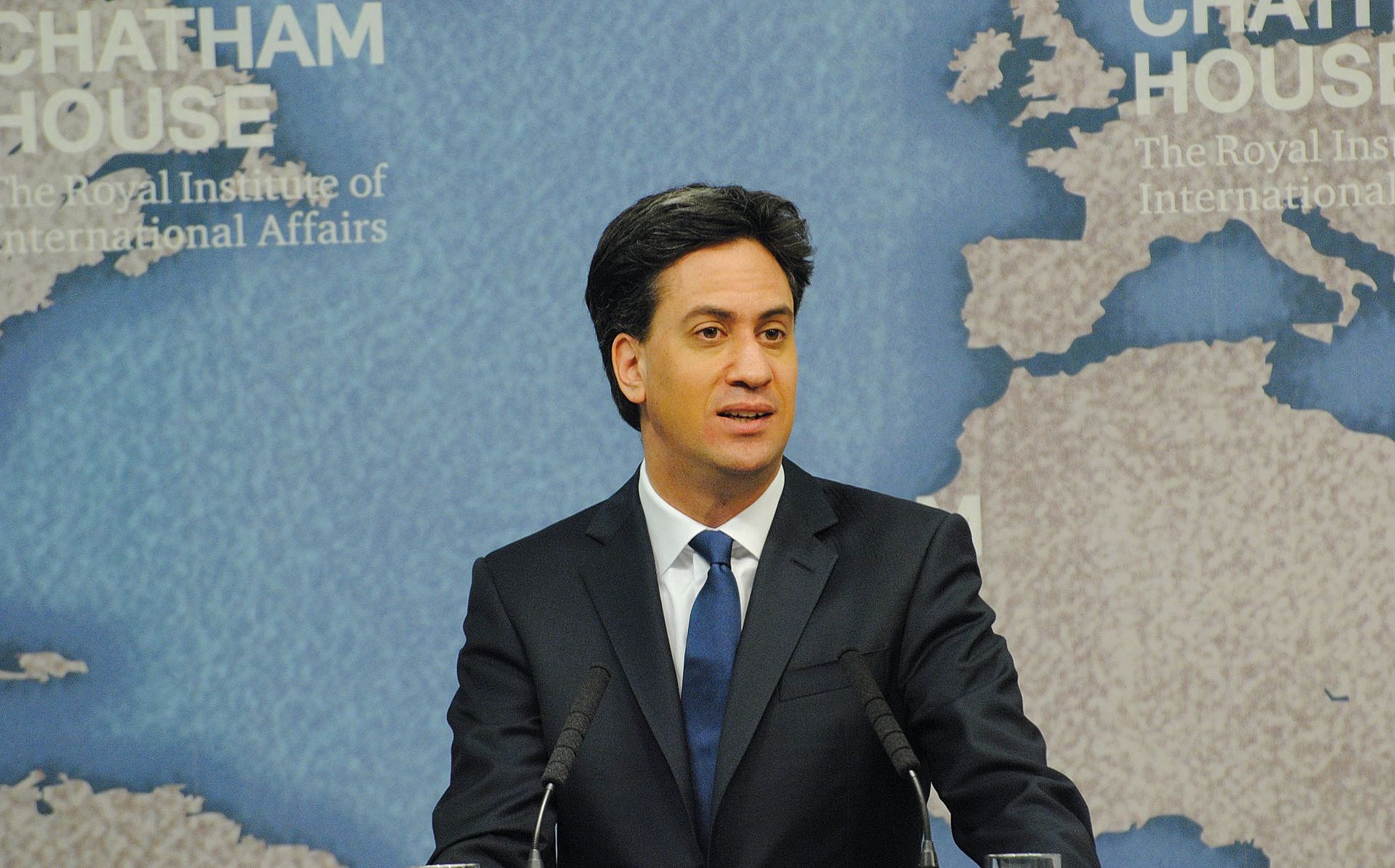
With the Coalition government having overseen years of devastating cuts to public services and with Liberal Democrat popularity at an all time low, the 2015 General Election saw Labour leader Ed Miliband concede too much to the political centre – with an example being the infamous release of mugs that had “controls on immigration” written on them. In the Coalition, the Lib Dems had reneged on their promise to students of not increasing tuition fees – instead tripling them to £9k a year. Emblematic of Labour’s response to the Coalition, their manifesto only proposed cutting fees to £6k – still double that of the fees in 2010.
With a combination of this, and a hostile press characterising him as a weak leader, it is no surprise Miliband lost the election, even surprising pundits and pollsters expecting another hung parliament but instead Cameron had won a majority after having promised a referendum on the UK’s membership of the EU during the election campaign. This decision meant he could appease Eurosceptic voters who otherwise would’ve voted for Nigel Farage’s UK Independence Party (UKIP) and split the Tory vote in many areas, delivering seats to the opposition. The decision was taken under the impression that Cameron’s favoured side, Remain, would easily win the referendum. As we are all aware, this impression proved to be fatally incorrect.
Miliband resigned the leadership, triggering a fresh Labour leadership election. With centrist/centre-left establishment figures like Andy Burnham, Yvette Cooper, and Liz Kendall in the race, backbencher Jeremy Corbyn put his hat in the ring as the candidate for the Labour left. Seen widely by pundits as an outsider with little chance of winning, Corbyn won by a landslide on a platform of firmly rejecting the austerity agenda and bringing the party back to its left wing roots.
EU Referendum 2016
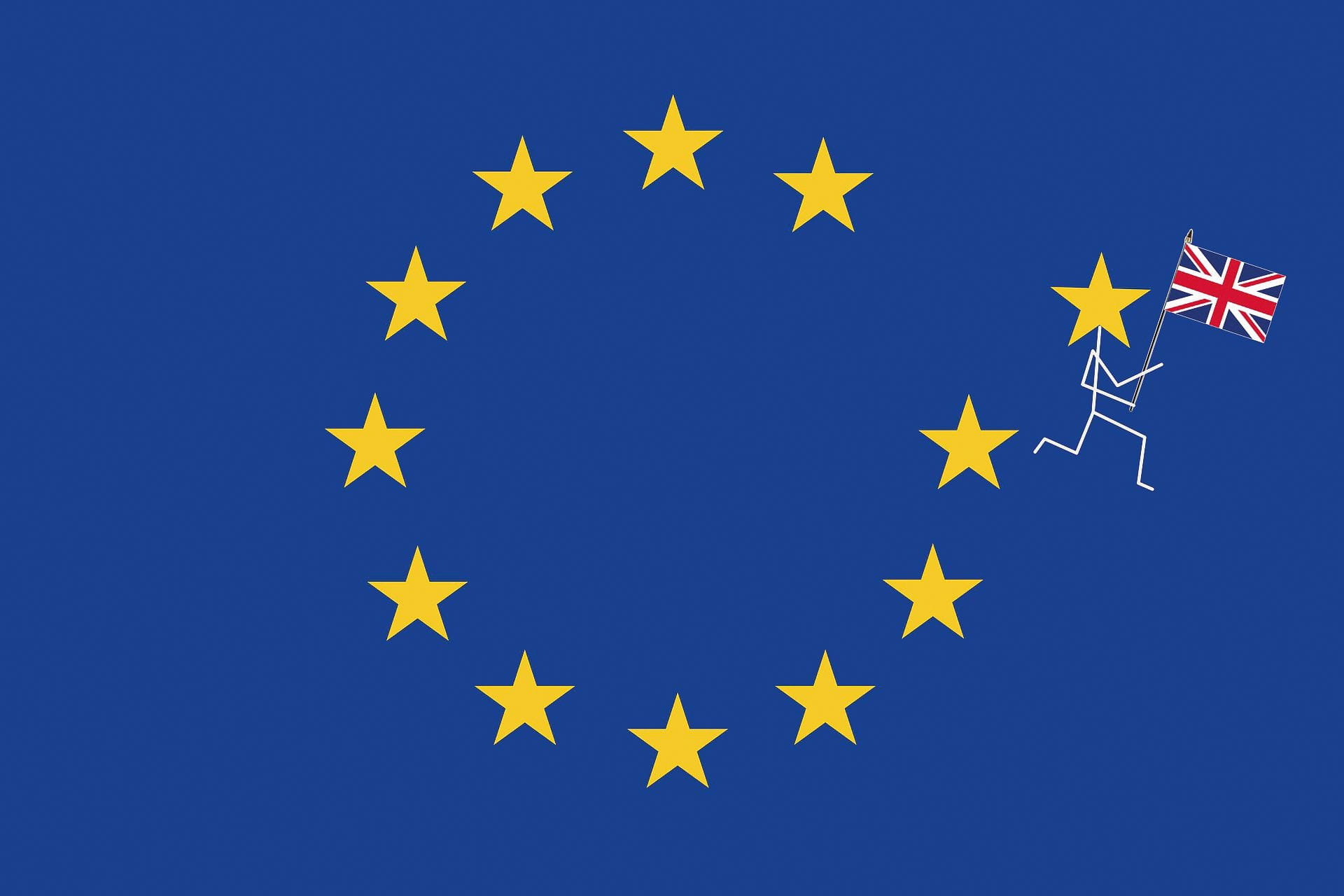
An entire article could be written on this fateful referendum alone. The Leave campaign was based on lies and anti-migrant rhetoric, and the Remain campaign was based on fearmongering and an overcrowding of untrusted establishment politicians. Remaining in the EU, as backed by Cameron’s government, was rejected by an infamously slim margin of 52-48, as a rejection of the establishment and a demand for change. Cameron, embarrassed, was forced to step down after 6 years as Prime Minister, triggering a Conservative leadership contest which was ultimately won by Theresa May – a Remain-voter promising to get Brexit done. Meanwhile, a second Labour leadership contest was triggered by rebels in the Parliamentary Labour Party (PLP), a contest that was won by an increased landslide by Corbyn.
Parliament triggered Article 50 on 29 March 2017, starting the two year withdrawal process.
Realising that the Cameron majority may not be enough to get a controversial Brexit deal through Parliament, and with Jeremy Corbyn’s Labour polling disastrously compared to her party, May called an early General Election, hoping to crush the opposition and gain a great majority.
General Election 2017
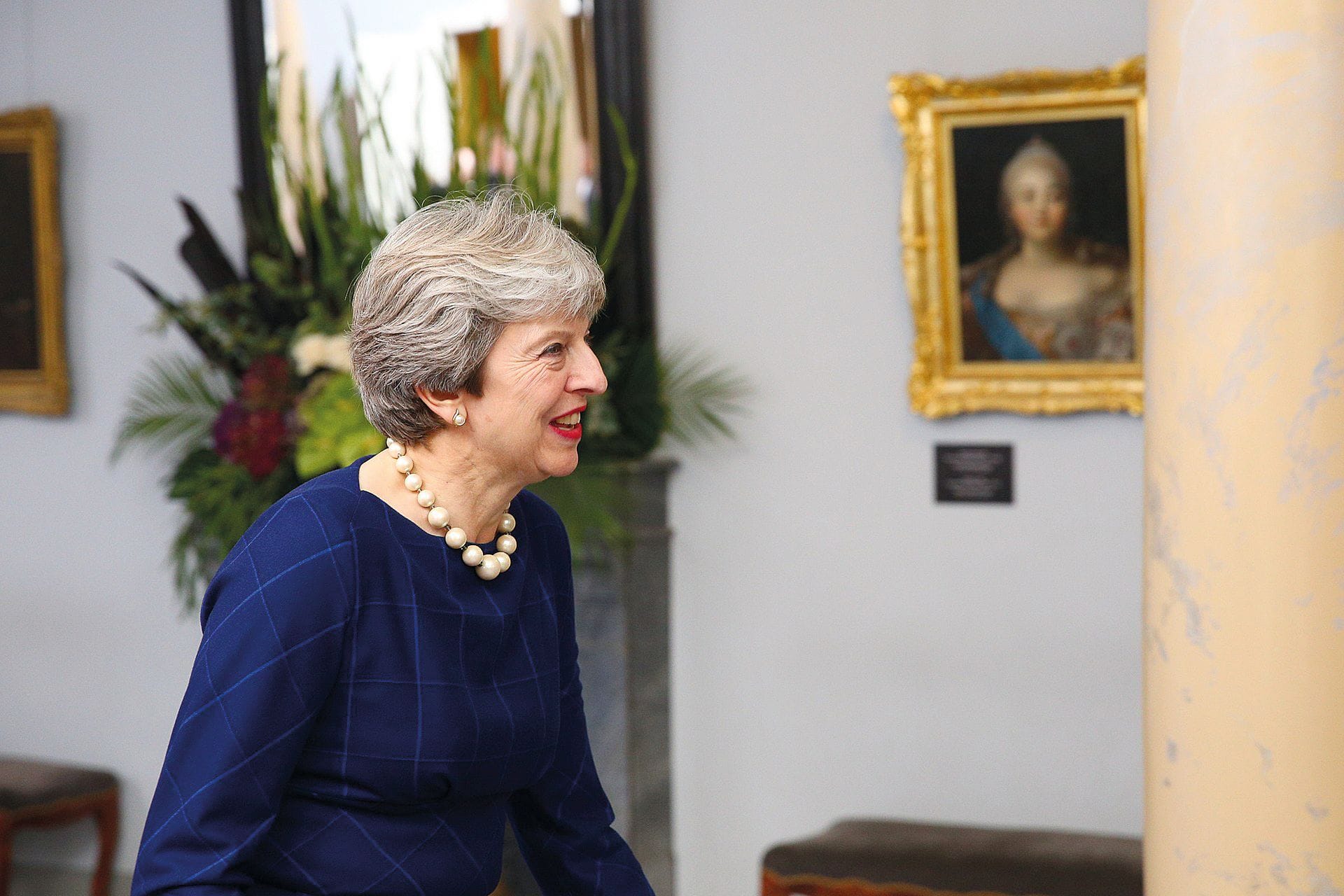
Despite the pundits expecting Labour to receive their worst ever election results for almost a century, Corbyn and his party campaigned on a progressive manifesto promising the abolition of tuition fees and putting public ownership back onto the agenda. May’s popularity fell, along with the Tories’ manifesto launch offering next to nothing for the ordinary working family. Young voters were inspired by Corbyn and his policies to come out in record numbers, and when the Exit Poll came out at 10pm on 8th June, it shocked the nation.
Corbyn had won many seats and forced a hung Parliament, with the electorate firmly rejecting May’s call. Forced to enter into a confidence-and-supply deal with the Democratic Unionist Party (DUP), the Tories went into minority government.
With a widely unpopular Brexit deal negotiated by 2019, it was time to take the deal to Parliament for approval. Parliament, with Corbyn as Leader of the Opposition, rejected it multiple times in historic defeats on a scale never before seen for a governing party, and delayed Brexit to October 31st to avoid a no deal exit. Unable to deliver Brexit, May stepped down in June and triggered another Conservative leadership contest, this time won by Boris Johnson, former Mayor of London and former Foreign Minister, promising to get Brexit done by October 31st no matter the cost – even with no deal in place.
With a new Brexit deal negotiated by Prime Minister Johnson, labelled as ‘May’s deal but even worse’, he failed to get it through Parliament and Parliament forced Johnson to delay Brexit even further in order to avoid no deal, with a new leaving date of January 31st – meaning that Johnson failed to deliver his flagship promise.
With the Labour Party agitating for an early General Election to save our public services and deal with Brexit once and for all, and with no way forward for his deal in this Parliament, Johnson decided to back an early election: for December 12th, 2019 – this Thursday.
General Election 2019
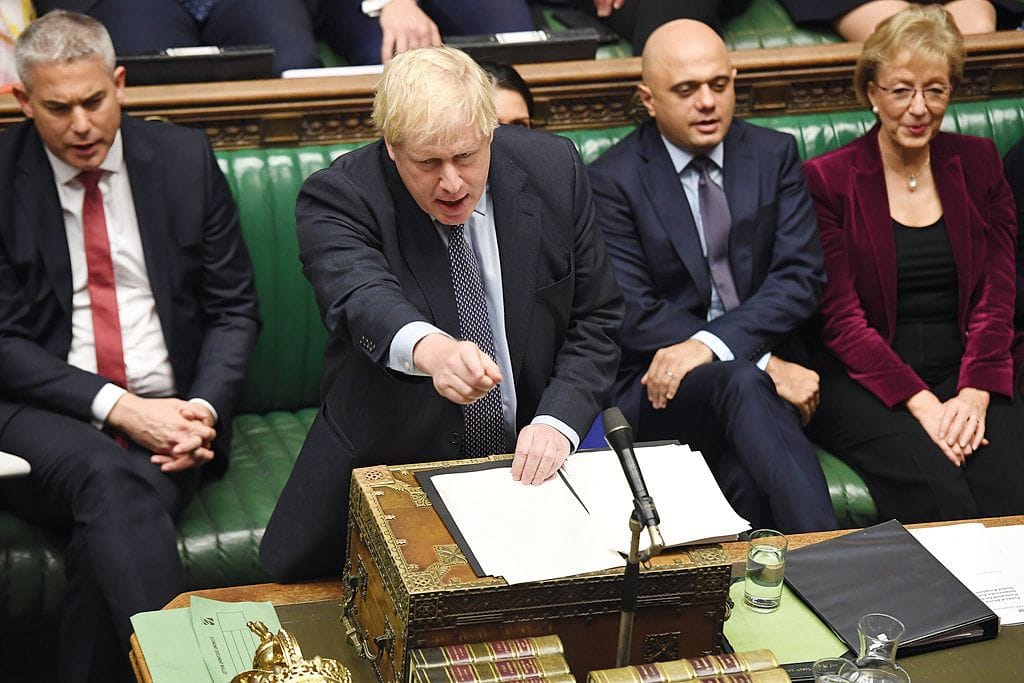
With both Labour and the Tories hopeful to win a majority, with Nigel Farage’s new Brexit Party in the mix, and with the Liberal Democrats moving to a ‘Cancel Brexit’ position, it is unclear how this election will play out. For many, tactical voting for a Second Referendum or Leave majority will dictate how they vote. For others, the National Health Service and the threat posed to it by US trade deals is their main concern. Can Jeremy Corbyn end 9.5 years of Tory austerity with a Labour majority government transforming the UK and giving voters the final say on Brexit? Will Johnson secure a Tory majority and get his withdrawal agreement through Parliament? Or will we enter another hung parliament, with the SNP or the Lib Dems as the kingmakers? All shall be revealed in 4 days time – and it all depends on how we vote. Make sure you go to the polls this Thursday and have your say in the most important election since 1979.




